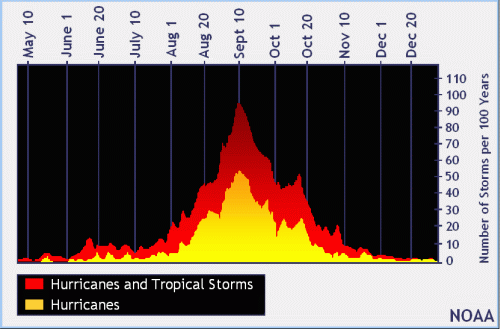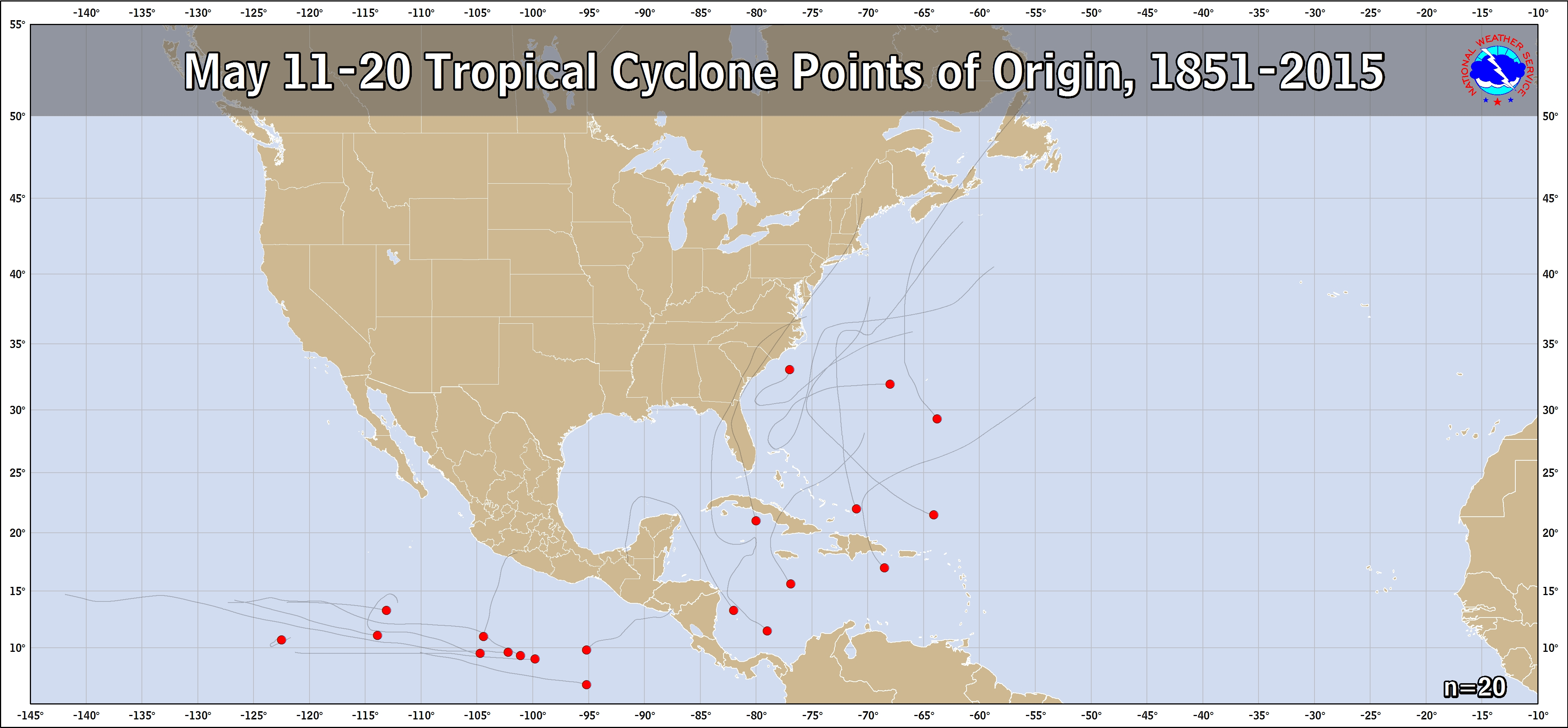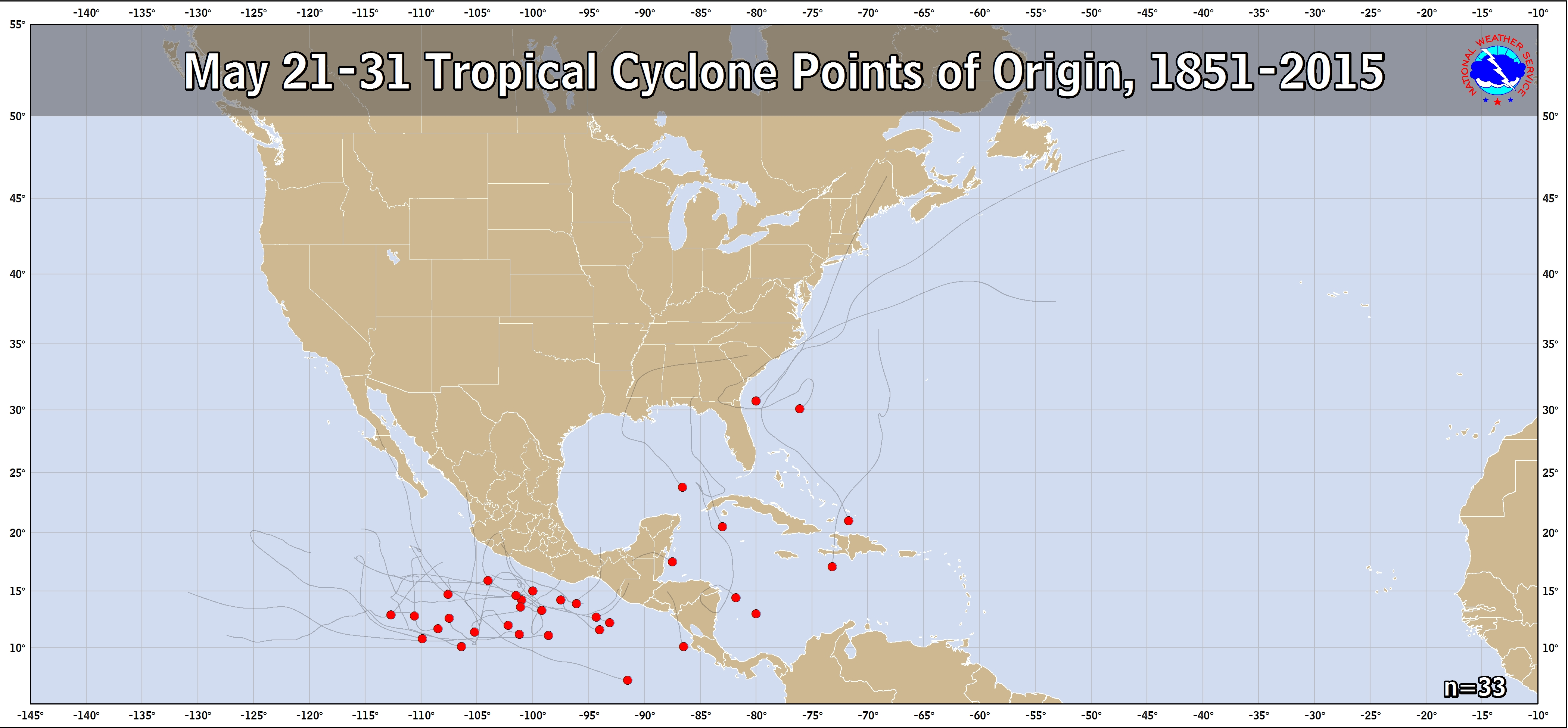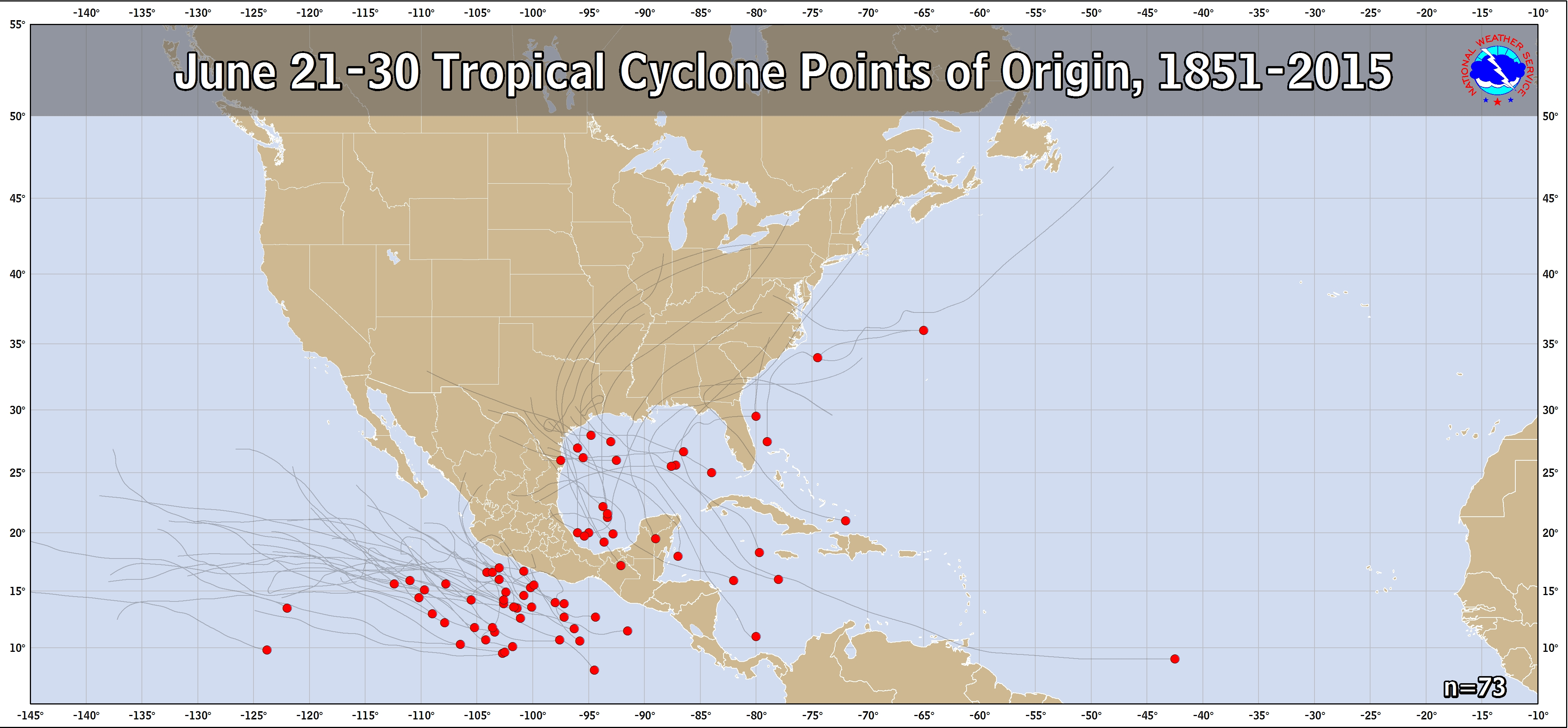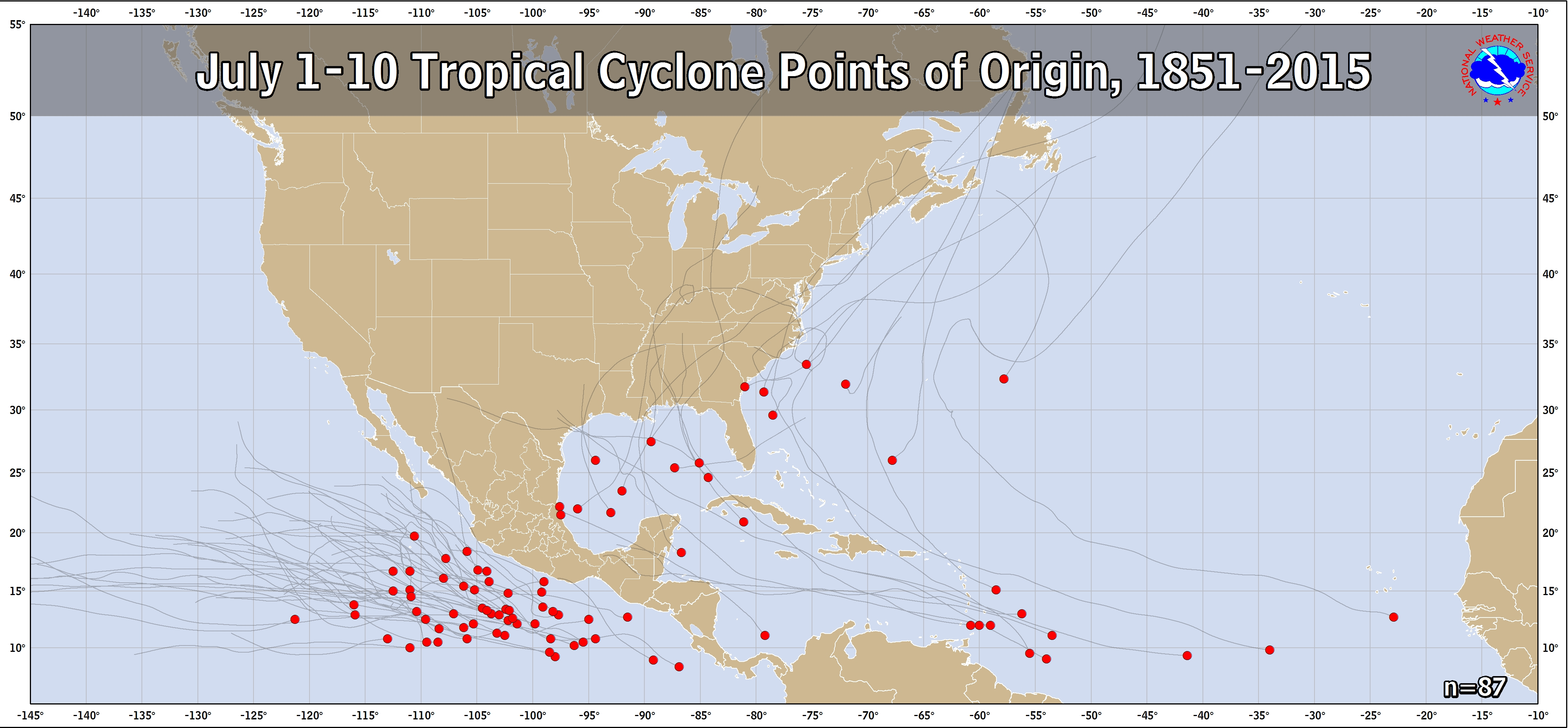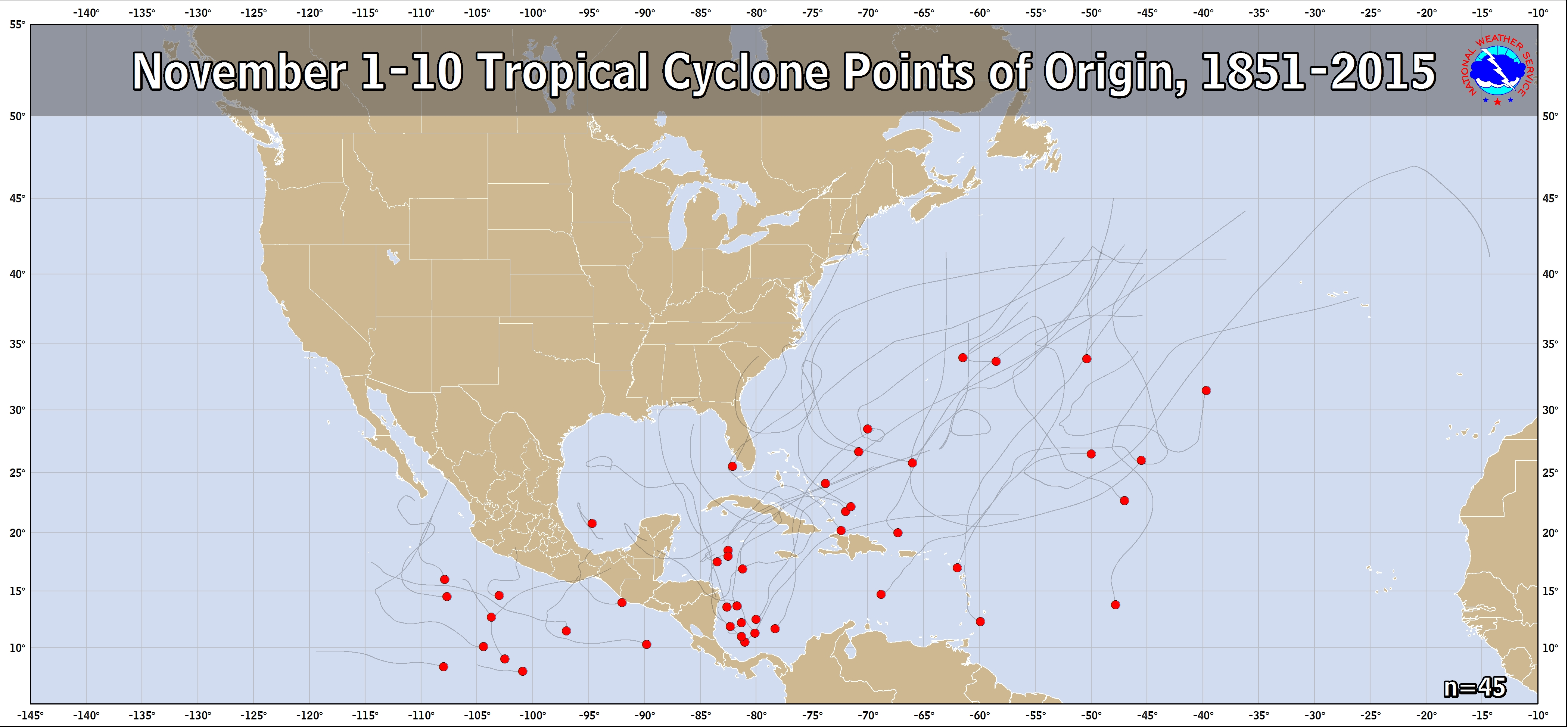0 Active Threats To Track
SUPPORT TRACK THE TROPICS
Over the last decade plus if you appreciate the information and tracking I provide during the season along with this website which donations help keep it running please consider a one time... recurring or yearly donation if you are able to help me out...
Venmo: @TrackTheTropicsLouisiana
Website: TrackTheTropics.com/DONATE
Venmo: @TrackTheTropicsLouisiana
Website: TrackTheTropics.com/DONATE
Track The Tropics is the #1 source to track the tropics 24/7! Since 2013 the main goal of the site is to bring all of the important links and graphics to ONE PLACE so you can keep up to date on any threats to land during the Atlantic Hurricane Season! Hurricane Season 2025 in the Atlantic starts on June 1st and ends on November 30th. Do you love Spaghetti Models? Well you've come to the right place!! Remember when you're preparing for a storm: Run from the water; hide from the wind!
Tropical Atlantic Weather Resources
- NOAA National Hurricane Center
- International Meteorology Database
- FSU Tropical Cyclone Track Probabilities
- Brian McNoldy Atlantic Headquarters
- Brian McNoldy Tropical Satellite Sectors
- Brian McNoldy Infrared Hovmoller
- Brian McNoldy Past TC Radar Loops
- Weather Nerds TC Guidance
- Twister Data Model Guidance
- NOAA Tropical Cyclone Tracks
- Albany GFS/ EURO Models/ Ensembles
- Albany Tropical Cyclone Guidance
- Albany Tropical Atlantic Model Maps
- Pivotal Weather Model Guidance
- Weather Online Model Guidance
- UKMet Model Guidance/ Analysis/ Sat
- ECMWF (EURO) Model Guidance
- FSU Tropical Model Outputs
- FSU Tropical Cyclone Genesis
- Penn State Tropical E-Wall
- NOAA HFIP Ruc Models
- Navy NRL TC Page
- College of DuPage Model Guidance
- WXCharts Model Guidance
- NOAA NHC Analysis Tools
- NOAA NHC ATCF Directory
- NOAA NCEP/EMC Cyclogenesis Tracking
- NOAA NCEP/EMC HWRF Model
- NOAA HFIP Model Products
- University of Miami Ocean Heat
- COLA Max Potential Hurricane Intensity
- Colorado State RAMMB TC Tracking
- Colorado State RAMMB Floaters
- Colorado State RAMMB GOES-16 Viewer
- NOAA NESDIS GOES Satellite
- ASCAT Ocean Surface Winds METOP-A
- ASCAT Ocean Surface Winds METOP-B
- Michael Ventrice Waves / MJO Maps
- TropicalAtlantic.com Analysis / Recon
- NCAR/RAL Tropical Cyclone Guidance
- CyclonicWX Tropical Resources
Hurricane Season Statistics
Overview
A tropical cyclone is a rotating, organized system of clouds and thunderstorms that originates over tropical or subtropical waters and has a closed low-level circulation. Tropical cyclones rotate counterclockwise in the Northern Hemisphere. They are classified as follows:- Tropical Depression: A tropical cyclone with maximum sustained winds of 38 mph (33 knots) or less.
- Tropical Storm: A tropical cyclone with maximum sustained winds of 39 to 73 mph (34 to 63 knots).
- Hurricane: A tropical cyclone with maximum sustained winds of 74 mph (64 knots) or higher. In the western North Pacific, hurricanes are called typhoons; similar storms in the Indian Ocean and South Pacific Ocean are called cyclones.
- Major Hurricane: A tropical cyclone with maximum sustained winds of 111 mph (96 knots) or higher, corresponding to a Category 3, 4 or 5 on the Saffir-Simpson Hurricane Wind Scale.
The Atlantic hurricane season runs from June 1st to November 30th. The Atlantic basin includes the Atlantic Ocean, Caribbean Sea, and Gulf of Mexico.
![[graph of average cumulative number of Atlantic basin systems per year]](http://www.nhc.noaa.gov/climo/images/cum-average_Atl_1966-2009_sm.gif) The average cumulative number of Atlantic systems per year, 1966-2009
The average cumulative number of Atlantic systems per year, 1966-2009 |
Number of Tropical Cyclones per 100 Years
The official hurricane season for the Atlantic Basin (the Atlantic Ocean, the Caribbean Sea, and the Gulf of Mexico) is from 1 June to 30 November. As seen in the graph above, the peak of the season is from mid-August to late October. However, deadly hurricanes can occur anytime in the hurricane season.Points of Origin by 10-Day Period
The figures below show the points of tropical cyclone genesis by 10-day periods during the hurricane season. These figures depict named storms only; no subtropical storms or unnamed storms. The source years include 1851-2009 for the Atlantic and 1949-2009 for the Eastern Pacific from the HURDAT database.Climatological Areas of Origin and Typical Hurricane Tracks by Month
The figures below show the zones of origin and tracks for different months during the hurricane season. These figures only depict average conditions. Hurricanes can originate in different locations and travel much different paths from the average. Nonetheless, having a sense of the general pattern can give you a better picture of the average hurricane season for your area.





High Resolution History Maps
![[Tropical Cyclone History Map for Atlantic and Eastern Pacific]](http://www.nhc.noaa.gov/climo/images/1851_2013_tc_sm.jpg)
![[Hurricane History Map for Atlantic and Eastern Pacific]](http://www.nhc.noaa.gov/climo/images/1851_2013_hurr_sm.jpg)
![[Major Hurricane History Map for Atlantic and Eastern Pacific]](http://www.nhc.noaa.gov/climo/images/1851_2013_mjrhurr_sm.jpg)
Named Cyclones by Year
![[Graph of Tropical Cyclone Activity in the Atlantic Basin]](http://www.nhc.noaa.gov/climo/images/atlhist_lowres_sm.gif)
Hurricane Return Periods
Hurricane return periods are the frequency at which a certain intensity of hurricane can be expected within a given distance of a given location (for the below images 50 nm or 58 statute miles). In simpler terms, a return period of 20 years for a major hurricane means that on average during the previous 100 years, a Category 3 or greater hurricane passed within 50 nm (58 miles) of that location about five times. We would then expect, on average, an additional five Category 3 or greater hurricanes within that radius over the next 100 years.
More information on return periods can be found from NOAA Technical Memorandum NWS NHC 38 (pdf) on the NHC Risk Analysis Program (HURISK).
Note: The information on return period is generated with the 1987 HURISK program, but uses data through 2010.
![[Map of return period in years for hurricanes passing within 50 nautical miles]](http://www.nhc.noaa.gov/climo/images/return_hurr_sm.jpg)
![[Map of return period in years for major hurricanes passing within 50 nautical miles]](http://www.nhc.noaa.gov/climo/images/return_mjrhurr_sm.jpg)
CONUS Hurricane Strikes
![[Map of 1950-2011 CONUS Hurricane Strikes]](http://www.nhc.noaa.gov/climo/images/conus_hurrStrikes_1950-2011_sm.png)


 DONATE
DONATE